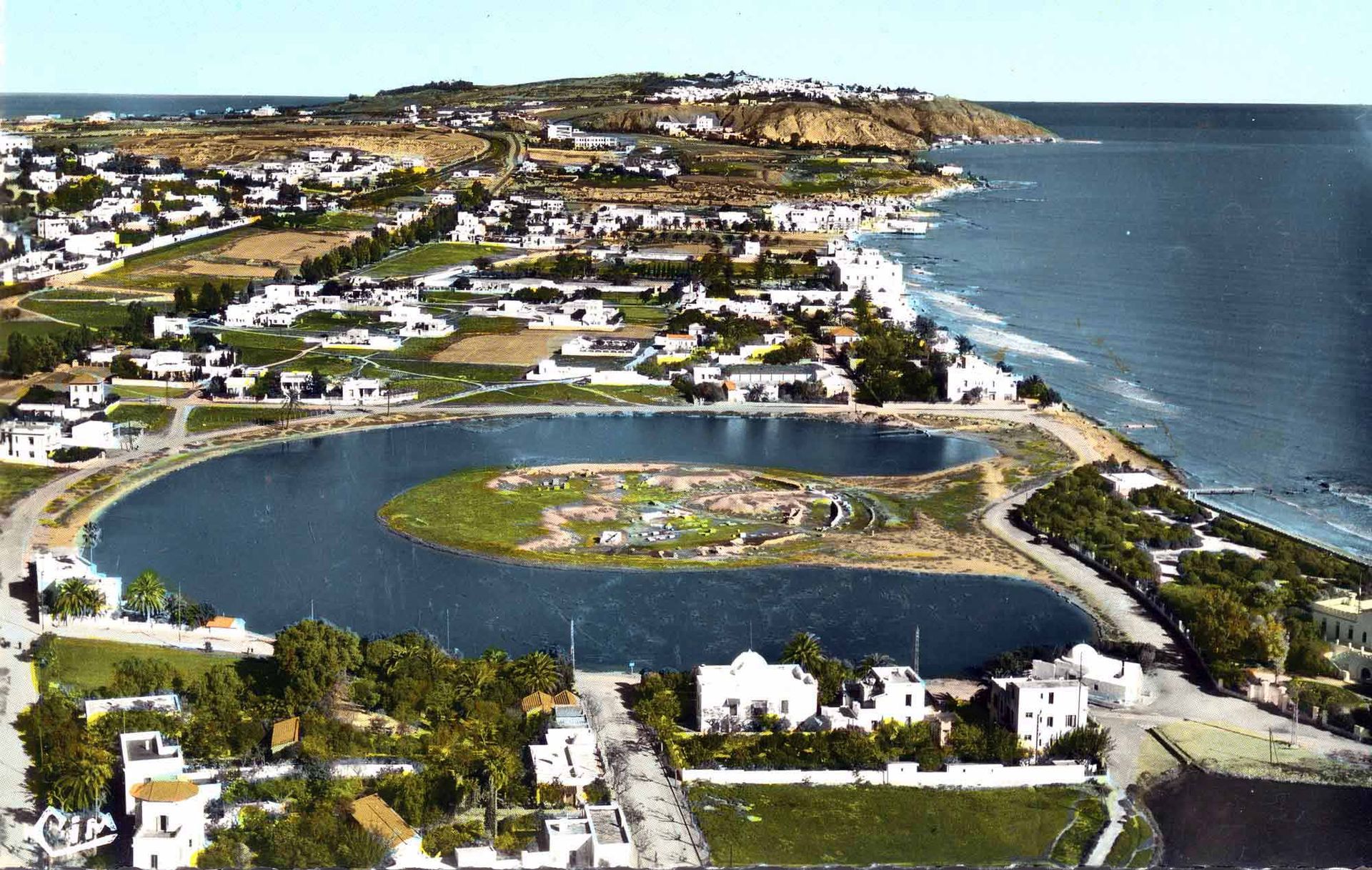by Eleanor Konik, Guest Writer, Eleanor’s Iceberg
Carthage is most often thought of in the context of Rome; “Carthage must be destroyed!” Part of the reason for this is that Rome really did manage to destroy Carthage, and survivorship bias is what it is: we don’t have a ton of records from Carthage, so we don’t know a lot about it.
But Carthage’s conflicts & connections with its neighbors across the-sea predate Rome by a fair margin.
Carthage & Assyria
The oldest record of siege engines comes from the Assyrians, and Carthage learned about it from their eastern territories, which used to belong to Assyria. So Carthage is actually responsible for most siege warfare in the ancient Mediterranean.
That said, polities were usually conquered by internal betrayal due to class warfare, not effective sieges. What would often happen is that armies would ravage the countryside, which was effective at starving a city and forcing them to fight. Most members of a polity were farmers who lived beyond the city walls, not necessarily city-dwellers.
Carthage & the Greeks
This is just one example, but both Carthage and the Greeks maintained colonies in Sicily, and tensions between the two groups were really high. Greek writers at the time were prone to calling the Carthaginians all sorts of nasty names for doing things during the war that, quite frankly, the Greeks themselves were known to do.
Tyrants of Syracuse by Jeff Champion is mostly focused on, well, the strongmen leaders who controlled the Sicilian city of Syracuse, but Syracuse itself was caught in the middle of battles between Athens, Sparta, Carthage, Epirus and Rome.
The Battle of Himera in 480 BCE crippled Carthaginian power in Sicily for decades, but the mass graves from the battle weren’t discovered until about 15 years ago.
Carthage & the Levant
People are prone to separating out Punic history, Carthaginian history, Phoenician history, and Caananite history in a way that is probably not terribly authentic to the realities of how the culture and politics of this group of people are interconnected through time. I discuss this further in my article about ancient identities, but if we’re comfortable calling Cleopatra “Egyptian” and Byzantium the “Eastern Roman Empire,” then, the mere fact that Carthage overtook Tyre and the other Phoenician city-states in terms of prestige doesn’t mean that it wasn’t a natural continuation of their leadership.
Yes, I believe that Carthage was founded by Dido, aka Elissa, a Tyrian princess because she was at the forefront of what was essentially a mass exodus of nobles objecting to the leadership of a king they didn’t like. But America was founded by dissidents as well, and American culture in some ways still very British — different, yes, but compared to France or Germany or China or Nigeria or Brazil? Not that different after all.
Carthage’s early years, before it became the ascendant Phoenician city-state, saw it acting as essentially just one more Tyrian colony; they definitely would have traded heavily with the mother city and its trading partners.
I once wrote an article on what I like to call “the Phoenician gap” that provides some insight into why American schoolchildren don’t learn about Phoenicia (tldr; a combination of “we avoid talking about Biblical history as much as humanly possible” and “Phoenicia isn’t one of our intellectual forebears”).
There’s even a handy map showing Carthaginian trade routes.
Carthage & Egypt
Tyre traded red/purple dye, simple foodstuffs like, well, milk and honey, and especially shipbuilding timber from the cedar forests of the Levant with Egypt. Carthaginian merchants traded with contemporary powers in Greece, Egypt, Phoenicia. Their trade networks reached to French regions like Corsica and Marseille.
In fact, Carthage signed treaties with folks like the Etruscans and Romans to agree on who was allowed to have exclusive trading rights in which regions.
Carthaginian Diversity
Carthage’s military was mostly made up of Libyans, i.e. people from just a little bit to the south of Carthage. But there were also Gauls, Iberians, Italians, Phoenicians, and more. Broadly speaking, Carthage had a very diverse population, and played host to people from all around the Mediterranean. By virtue of being traders, they interacted with variety of other cultures — not just Rome.
Eleanor Konik professionally teaches pre-teens about ancient civilizations. In her downtime, she enjoys combining storytelling with her love of sharing obscure history and science. This article originally appeared on her site and newsletter, Eleanor’s Iceberg.












No comments yet. You should be kind and add one!
Our apologies, you must be logged in to post a comment.